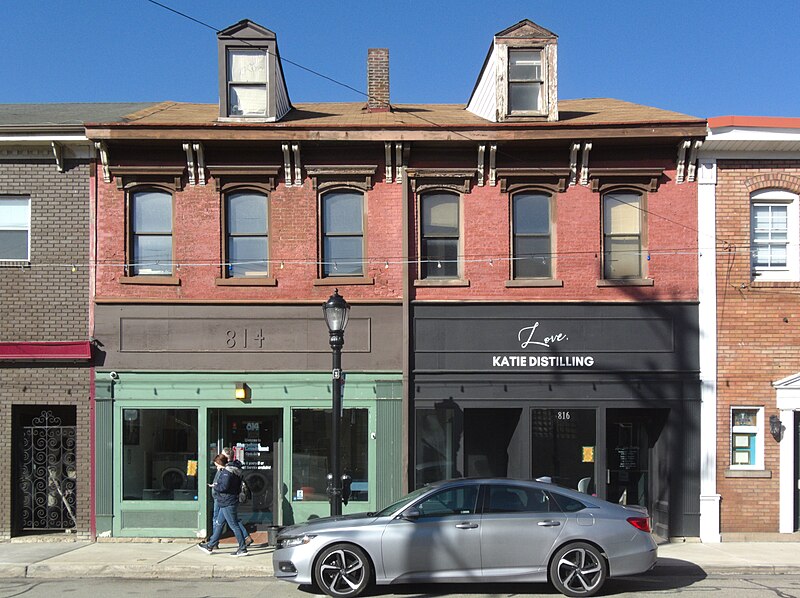
This building on Beechview Avenue is good training in urban archaeology. We can see the changes it has gone through and guess at what it might have looked like when it was new.
We notice, for example, that the windows on the third floor are rectangular, but the holes for them are arched. Likewise, the windows on the second floor are too small for their holes. Luckily the window-replacement project was done without serious alterations to the underlying wall, so it will be possible for a prosperous future owner to install windows that fit the holes.
We can also see that the ground floor was originally a storefront. It has been turned into another apartment, as often happens in neighborhoods where the commercial district has shrunk.
What are we to make of those wood shingles that hang over the first floor? They probably were installed in the 1970s, when such things were popular; they would have served the two purposes of covering the original signboard above the store and giving both entrances of the building a bit of key-fumbling shelter.










































